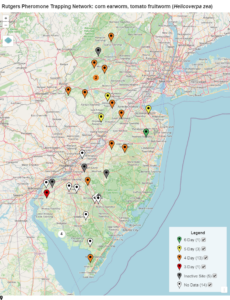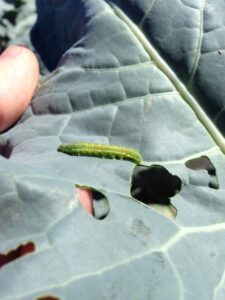Cape May County Agriculture and Natural Resources will host an October Twilight Meeting for South Jersey Farmers on Thursday, October 17 from 7:00PM – 9:00 PM at Cape May Winery, 711 Townbank Road, Cape May, NJ 08204.
The program will include presentations on Soil Health is Always a Good Investment, IPM for specialty crops in New Jersey including tree fruit crops, small fruits, and vegetables, Pesticide safety, non-hazardous pest control methods, label literacy and how to avoid the 3 most common violations, and the Labor availability and Labor regulations that impact agriculture. Also, pesticide recertification credits will be awarded: CORE (1), 1A (1), 10 (1), and PP2 (1).
Please RSVP by Oct 15 to Jocelyn at 609-465-5115 ext. 3607 or email capemayag@njaes.rutgers.edu.



